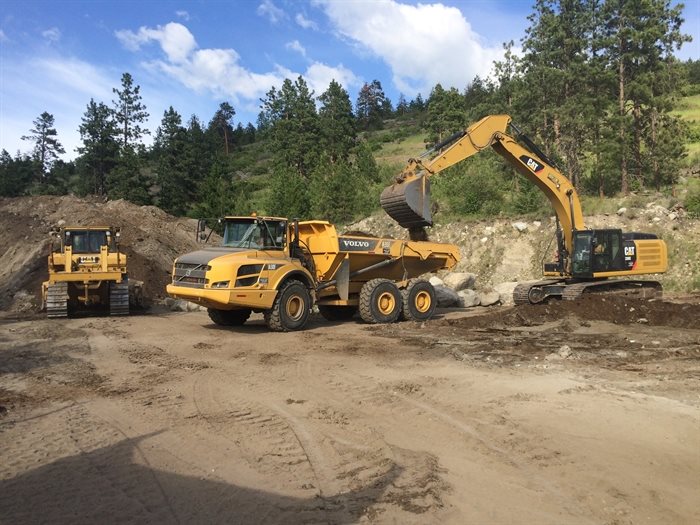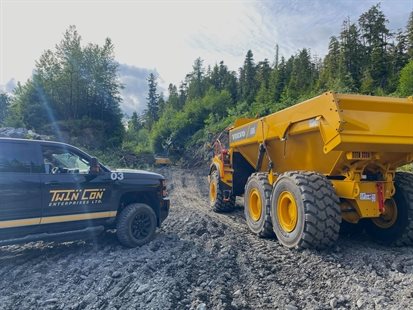Planning is key when preparing a site for construction
Large excavation companies know that when it comes to site prep, it pays to not only be prepared but also to know what you are getting into. That’s why having an expert company do the work is a good idea. They have both the knowledge and the equipment to get the job done safely and on budget.
Proper preparation, such as securing site access, local terrain issues, understanding soil and drainage specifics, when done upfront, make the project run smoothly, even in the most difficult of conditions. Experience is worth waiting for. Problems may be resolved more easily, and are often cheaper to correct once the work starts.
Here are seven tips to ensure proper site preparation:
- Consider the flow of people and business equipment for the final, desired elevation of the site. This elevation will impact the drainage on the site, so it’s important to know what it will be and how much soil, earth and rock will be needed to achieve that elevation.
- Site access. In addition to the final site access, planning site access points during the preparation work is also important. There must be room to get large pieces of equipment onto the site and routes must be clear of any debris that would hinder the movement of equipment and materials. Once that is planned out other factors need to be determined - such as driveway and culvert widths, location of services such as powerlines, the location of trees on the site and, of course, buildings. Underground obstructions such as utility lines (the locations of which should be checked in advance), buried items, high water tables, tree roots, rock and concrete from previous construction of the site can all slow down work. Mud can also be a problem for workers and equipment if the weather is too wet, so it is best to mitigate excessively muddy sites with a construction site drainage plan.
- Perimeter access. This focuses on any limitations created by properties next to the excavation site.
- Safety. Safety should be paramount and that starts with proper site management. A project manager overseeing the work is crucial, as potential hazards can be identified and dealt with in advance. A safe workplace will not only benefit those working there but also the people in charge and all steps should be taken to ensure that. Proper insurance is required to cover issues such as storm damage, theft and vandalism.
- The building pad. If the site is being cleared for a construction project, the pad that the building(s) will be built on needs to be planned out as well. The right materials, time of year to build the pad and the fill used to create it need to be thought of in advance, as does the drainage needed. If there is an existing building pad, materials removed from buildings may have to be stored on-site until they can be removed.
- Processes for Managing Delays. While project delays can be difficult to deal with, using a company with experience in permitting and other crucial paperwork — done well in advance — can help to avoid delays.
- Timing. Meeting deadlines and getting the work finished on time is your goal. The challenge for project managers can be coordinating workers, regulatory requirements, equipment and the supplies required for the project.
With all of the above in mind, it pays to have a company that specializes in site preparation work take on the task, as it will have the knowledge, people, resources and equipment to get the job done. Companies like Penticton’s TwinCon Enterprises have the expertise you need for both large and small projects.











